A partner you can trust
Top 5 Wire Cable Types for Efficient Connectivity and Enhanced Performance
In the fast-evolving landscape of technology, the demand for efficient connectivity has never been greater. As industries move toward enhanced performance, selecting the right wire cable becomes crucial. According to industry expert Dr. Emily Carter, a renowned electrical engineer, "The choice of wire cable can significantly affect the overall efficiency and reliability of any network." This acknowledgment highlights the importance of understanding the various types of wire cables available in the market today.

As we explore the top five wire cable types for 2025, it becomes essential to recognize the unique properties and applications of each type. Whether in telecommunications, data transfer, or industrial automation, the right wire cable can facilitate seamless communication and ensure optimal performance.
By identifying the most effective wire cable options, businesses can enhance their operational efficiency and stay ahead in a competitive environment. This article aims to provide valuable insights into the latest innovations in wire cable technology, essential for any organization striving for excellence in connectivity.
Understanding the Importance of Wire Cable Types in Connectivity
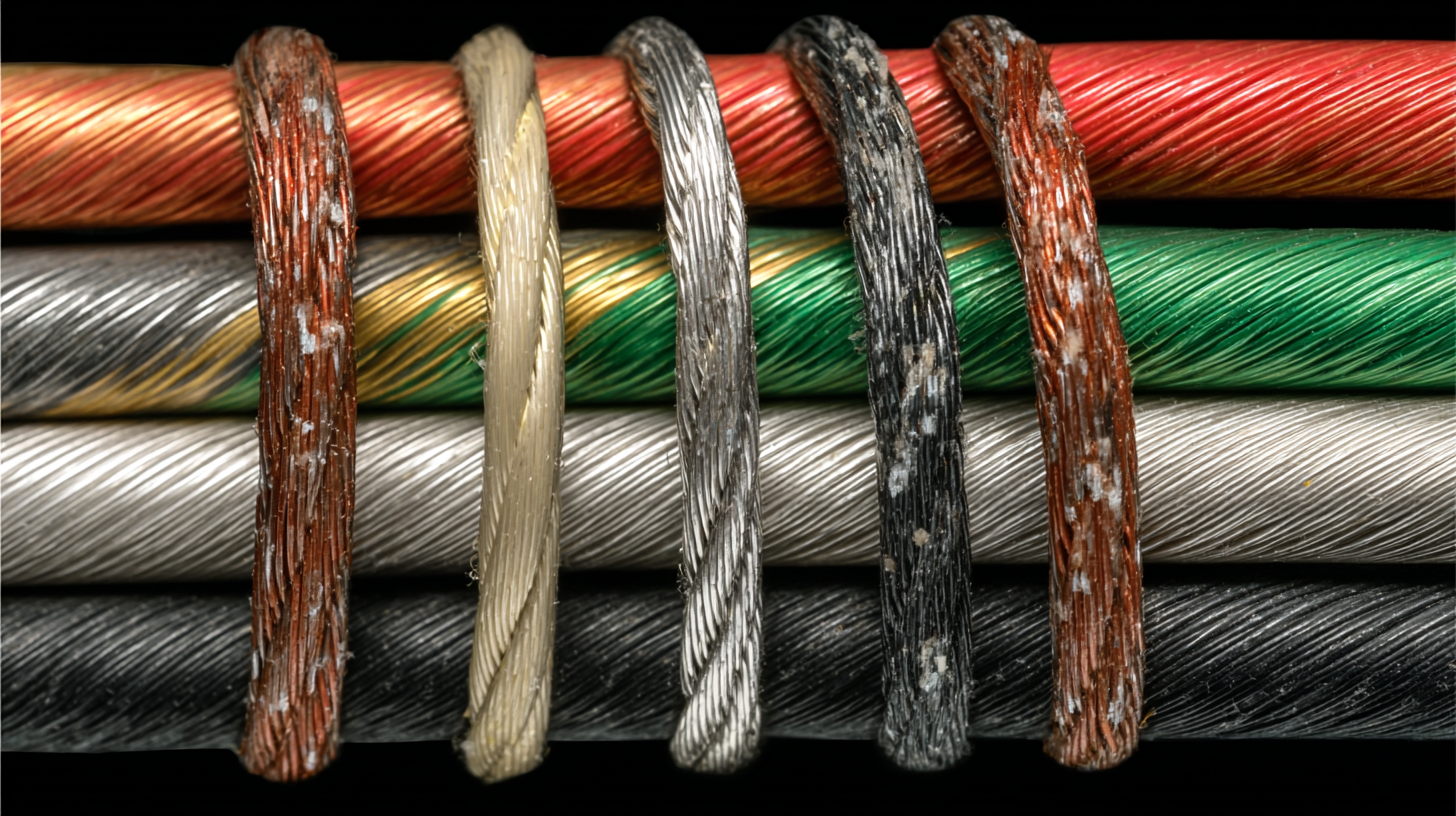 When planning any connectivity solution, understanding the importance of wire cable types is paramount. Different wire cables serve unique functions, and selecting the right type can significantly impact performance and efficiency. For instance, coaxial cables are ideal for transmitting high-frequency signals over long distances, making them a popular choice for broadband internet. Similarly, fiber optic cables, known for their high-speed data transfer capabilities, are excellent for environments requiring robust connectivity.
When planning any connectivity solution, understanding the importance of wire cable types is paramount. Different wire cables serve unique functions, and selecting the right type can significantly impact performance and efficiency. For instance, coaxial cables are ideal for transmitting high-frequency signals over long distances, making them a popular choice for broadband internet. Similarly, fiber optic cables, known for their high-speed data transfer capabilities, are excellent for environments requiring robust connectivity.
Tips: Always consider the application requirements before choosing a wire cable. For instance, if durability and resistance to interference are critical, twisted pair cables may be a better choice. Additionally, regular inspections and maintenance of wire cables can help ensure optimal performance, reducing the likelihood of failures and costly downtime.
Furthermore, it’s essential to factor in the environment where the cables will be installed. Outdoor settings may demand cables with higher weather resistance, while indoor setups can prioritize flexibility and ease of installation. Understanding these nuances is key to enhancing connectivity and achieving superior performance in any network infrastructure.
Key Characteristics of High-Performance Wire Cables
When it comes to achieving efficient connectivity and enhanced performance in electrical systems, the choice of wire cable significantly matters. High-performance wire cables, such as those utilized in the Active Electrical Cable (AEC) market, showcase key characteristics essential for modern infrastructure. The AEC market, valued at $834 million in 2022, is projected to reach approximately $1.212 billion by 2030, demonstrating a robust compound annual growth rate (CAGR) of 5% from 2024 to 2030. This growth highlights the increasing demand for high-quality cables in various applications, including smart grid enhancements and energy management.
Another crucial aspect of high-performance wire cables is their insulation properties and ability to withstand varying environmental conditions. Recent advancements in cable manufacturing have even led to breakthroughs in high-end insulation materials, addressing previous limitations in cable technology. As urbanization accelerates and electricity demand increases, underground cables are increasingly preferred over overhead lines, contributing to more reliable and efficient energy distribution. With evolving technologies, these cables not only support enhanced connectivity but also play a vital role in national infrastructure upgrades and energy strategies.
Top 5 Wire Cable Types for Efficient Connectivity and Enhanced Performance
| Cable Type | Key Characteristics | Applications | Performance Rating |
|---|---|---|---|
| Copper Wire | Excellent conductivity, flexibility, corrosion resistance | Power transmission, audio/video applications | High |
| Fiber Optic | High-speed data transmission, immune to electromagnetic interference | Telecommunications, internet, CCTV | Very High |
| Coaxial Cable | Shielded design, good signal quality over long distances | Television distribution, internet services | Medium |
| Twisted Pair | Reduces crosstalk, cost-effective, widely used in networking | LANs, telephone systems | Medium to High |
| HDMI Cable | High-definition video and audio transmission, compact design | Home theater, gaming consoles, computers | High |
Top 5 Wire Cable Types for Optimal Data Transmission
When it comes to optimal data transmission, the choice of wire cable types is crucial for ensuring efficient connectivity. One of the top contenders is the Ethernet cable, particularly the Cat 6 variant, known for its capability to support high-speed internet and reduced crosstalk. This makes it ideal for both home networks and professional environments where speed and reliability are paramount. Another essential type is the fiber optic cable, which utilizes light to transmit data and offers unparalleled bandwidth and speed, making it the preferred choice for long-distance communications.
Coaxial cables also hold significant importance, especially for applications such as cable television and internet broadband. Their design minimizes interference, allowing for stable data transmission across various distances. Finally, USB cables, particularly the recent USB 3.0 standards, have enhanced connectivity for devices ranging from smartphones to external hard drives, often delivering data transfer rates that can significantly boost productivity. Choosing the right wire cable type not only enhances performance but also ensures that data transmission remains seamless and efficient.
Top 5 Wire Cable Types for Optimal Data Transmission
Comparing Fiber Optic and Copper Wire for Enhanced Performance
The demand for increased bandwidth capacity has become a crucial driver in the optical interconnect market, primarily influenced by the proliferation of data-intensive applications and services.
Fiber optic technology has emerged as a superior solution, offering significantly higher data transfer rates compared to traditional copper wire. Its ability to transmit large amounts of data over long distances with minimal signal loss makes fiber optics an essential component for modern digital infrastructure.
In contrast, while copper wire has been a long-standing choice for connectivity due to its ease of installation and lower initial costs, it faces limitations in terms of bandwidth and distance. Recent advancements in DSL technologies, such as VDSL2 and G.fast, aim to enhance broadband speeds using copper infrastructures. However, these solutions often struggle to meet the insatiable demand for bandwidth as they are constrained by physical limitations.
As the dichotomy between fiber optic and copper wire continues to evolve, it is evident that fiber optics will play a pivotal role in shaping the future of connectivity and performance enhancement in various applications.
Factors to Consider When Choosing Wire Cables for Your Needs
When choosing wire cables for your specific needs, there are several key factors to consider to ensure efficient connectivity and enhanced performance. First and foremost, compatibility is crucial. Different devices may require specific cable types, such as HDMI or Ethernet cables, and it’s essential to select the right one to ensure seamless functionality. For instance, when selecting an HDMI cable, distinguishing between versions like 2.1 can significantly impact data transfer rates and supported resolutions.
In addition to compatibility, cable construction and materials play a vital role in performance. For high-performance requirements, such as gaming or audio transmission, the use of quality materials like copper and advanced shielding can dramatically improve signal integrity. Furthermore, understanding environmental factors, such as whether a cable will be used outdoors or in a data center, will influence the type of cable you should choose, ensuring durability and reliability in various conditions. By considering these elements, you can make informed decisions that align with your connectivity needs.
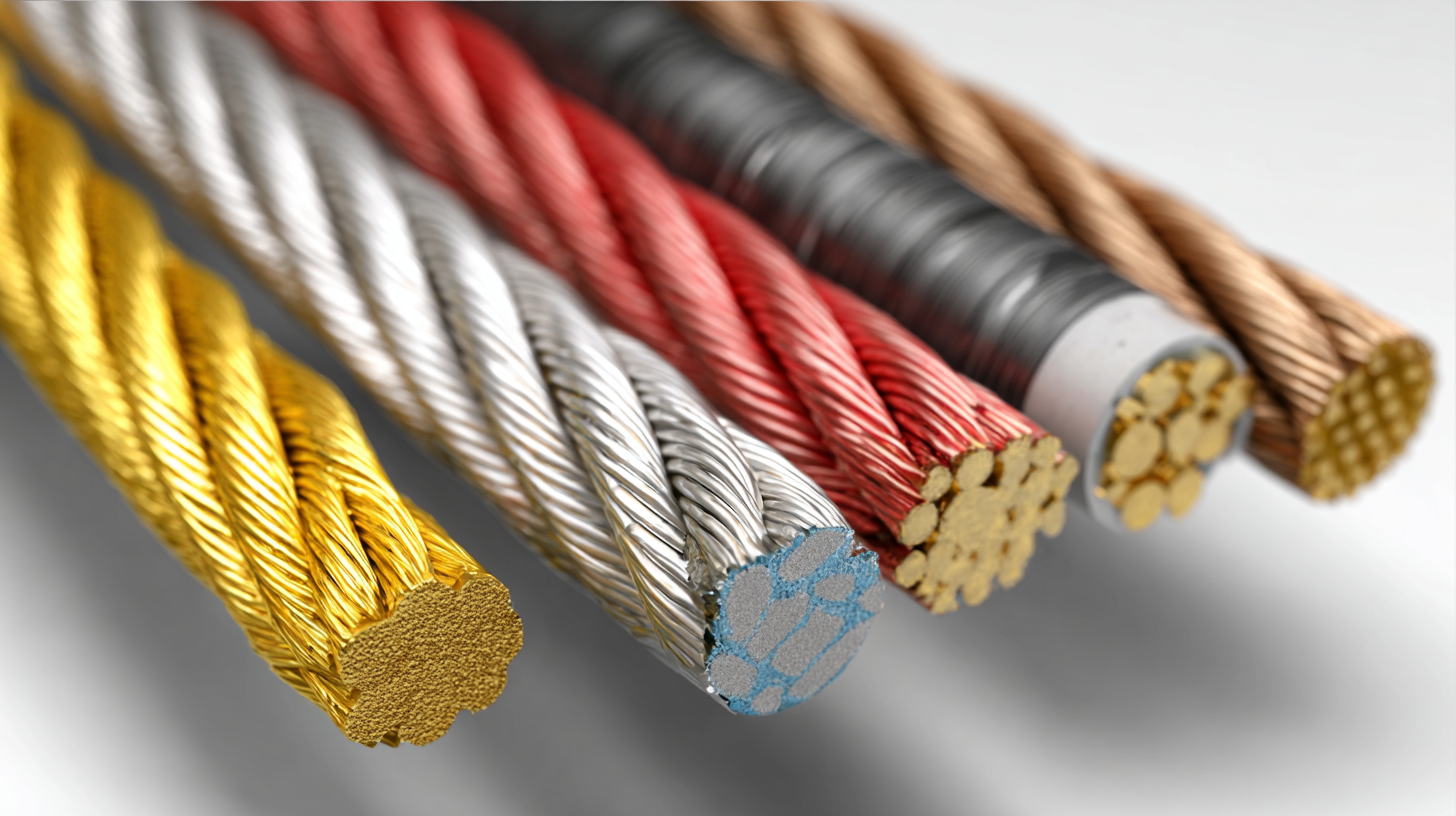
Related Posts
-
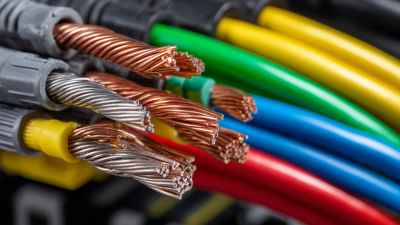
What is the Importance of Wire Cable in Modern Electrical Systems
-

The Ultimate Guide to Choosing the Right Outdoor Electrical Cable for Your Needs
-

Understanding the Importance of Cooker Cable in Modern Kitchen Appliances
-
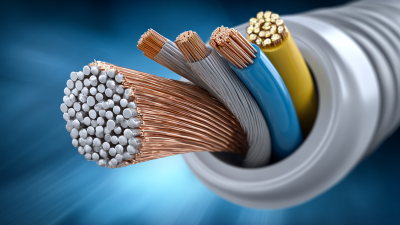
Why Lead Sheathed Cable is Essential for Modern Electrical Applications
-

Innovative Uses of Electric Cable Wire in Modern Technology
-

Comprehensive Guide to Selecting the Best Flexible Cable Conduit for Your Project
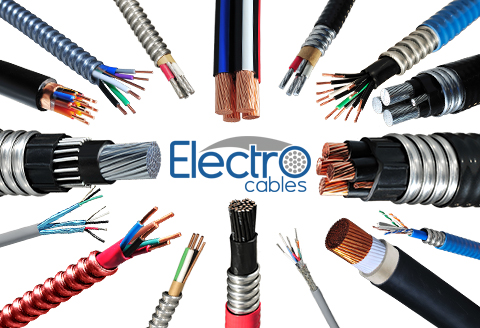
Products
Products
LEARN MORE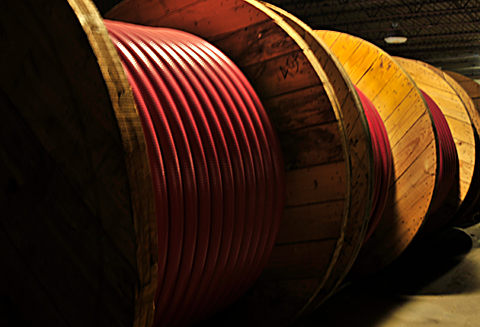
Current Inventory
Current Inventory
LEARN MORE
Custom Solutions
Custom Solutions
WE CAN HELPLighting Power & Control-Signal Cable
This content is restricted to site members. If you are an existing user, please log in. New users may register … LEARN MORE “Lighting Power & Control-Signal Cable”
LOOKING
FOR HELP?
We are here to help. You can contact us or create an account online to have access to special products, technical specifications and our new online quote tool.
ELECTRO CABLES
9 Riverside Drive
P.O. Box 276
Trenton, Ontario
CANADA K8V 5R5
N.A. Toll Free: 888-ELECTRO
(1-888-353-2876)
World: 613-394-4896
Fax: 613-394-4101
Email: sale@machinecables.com
We manufacture cables that are certified by the Canadian Standards Association (CSA), listed by Underwriters Laboratories and/or listed by Intertek (ETL).
Our quality management system is registered to ISO 9001: 2015. Our team is dedicated to consistently providing quality service and products to our customers.
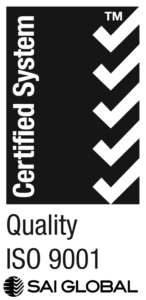
© 2025 ELECTRO CABLES • SITE BY SNAP 360•
